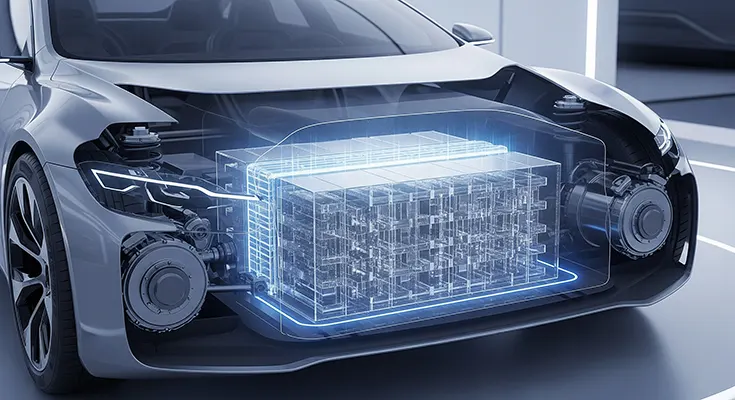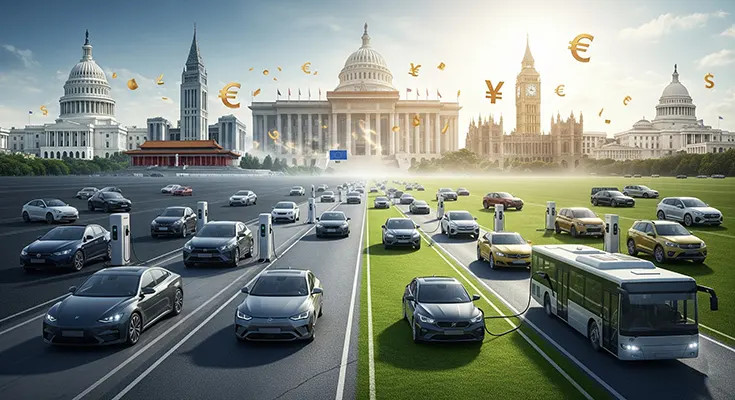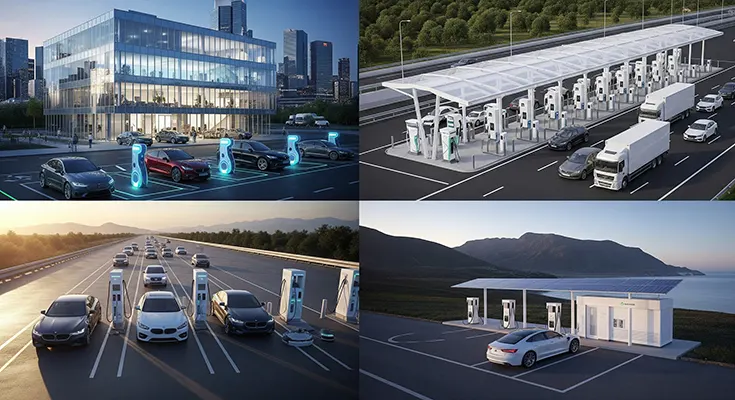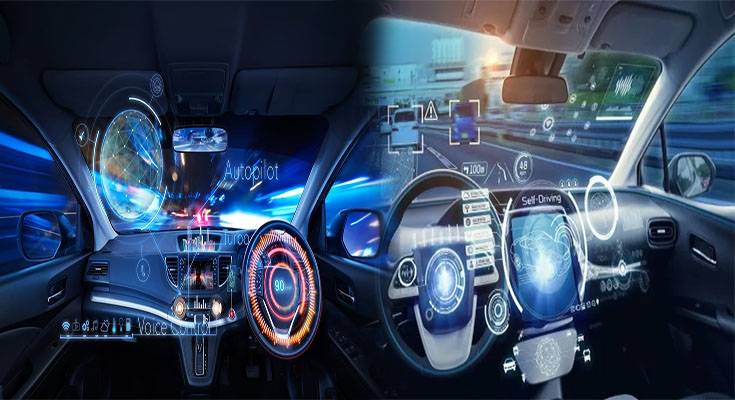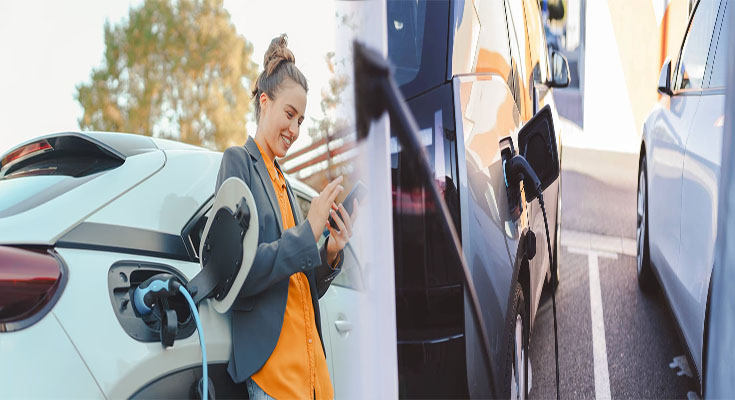The electric vehicle (EV) revolution is in full swing, but the technology at its core—the lithium-ion battery—still faces significant challenges in terms of range, charging time, and safety. However, a new contender is on the horizon, promising to be the next major leap in energy storage: solid-state battery (SSB) technology. By replacing the flammable liquid electrolytes of today’s batteries with solid materials, SSBs are poised to be a game-changer, fundamentally reshaping the future of electric mobility.
What are Solid-State Batteries and Why are They a Game-Changer?
In a conventional lithium-ion battery, a liquid electrolyte acts as the medium for lithium ions to travel between the anode and cathode. In a solid-state battery, this liquid is replaced by a solid material, such as a ceramic, polymer, or sulfide. This seemingly simple change unlocks a cascade of transformative benefits:
- Higher Energy Density: A solid electrolyte allows for the use of a lithium-metal

